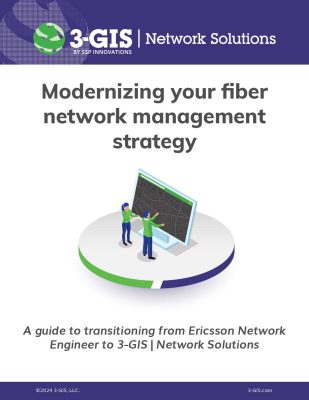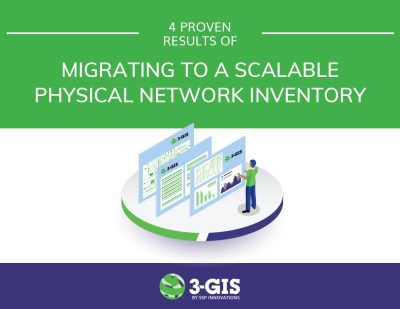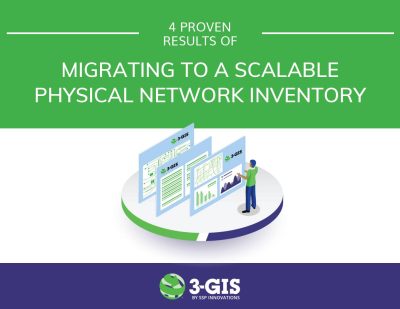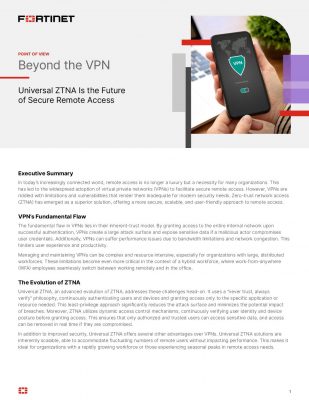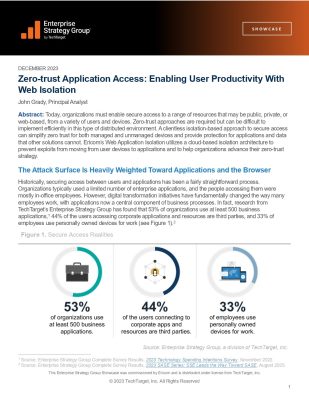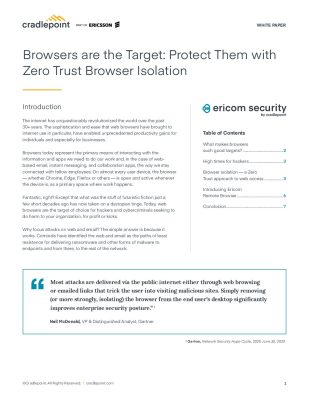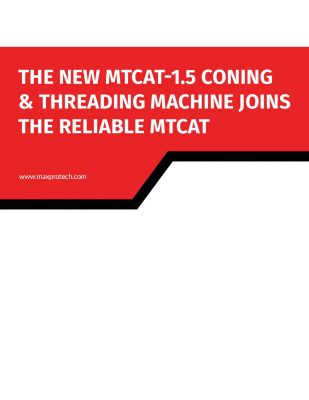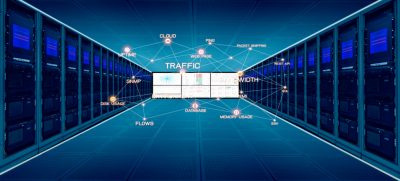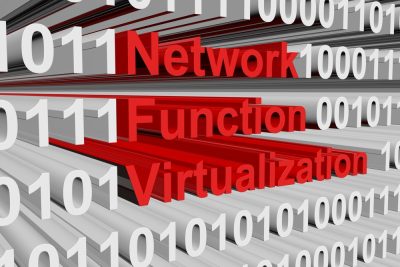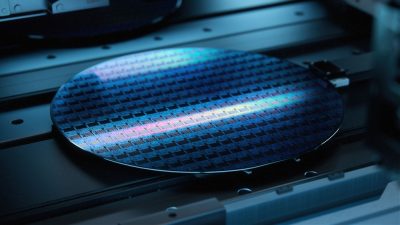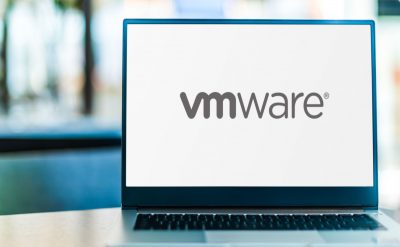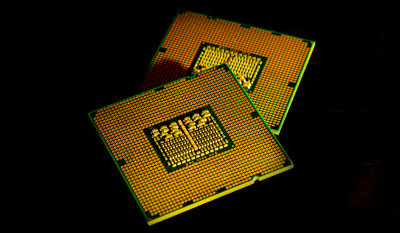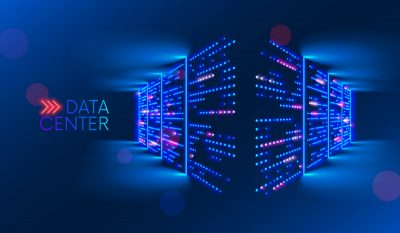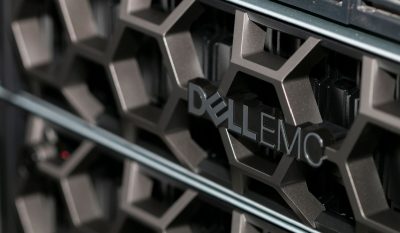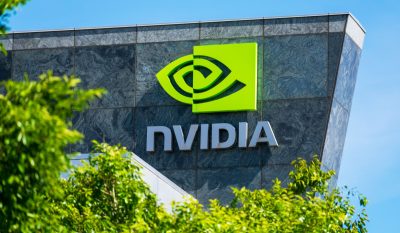Over the last decade of digital inclusion of solution and product, we have seen software-defined WAN become one of the major go-to options for enterprises. The required digital branching and other edge communications for the cloud required networking technology. It has been one of the most notable shifts in recent years that has changed the definition of networking, among the product and service requirement for a network be satisfied with existing infrastructure. The rise of multi-cloud in the enterprises mostly took place by accident, as the defensive and logical response for the emergence of various cloud operations and Software-as-a-service (SaaS) offers. The need by the IT departments was marred with options, wherein they had several infrastructures as a service offer. Multi-cloud is described as the feature of using two or more IaaS platforms for example if an enterprise is using AWS, Google Cloud, and Azure for its operation, then it’s a multi-cloud platform. Next, to this, many enterprises are using the on-premise data centers combined with private and public cloud resources that enable wider agile IT operations.
When it comes SD-WAN, will it be a solution for the Multi-cloud network requirement?
IT experts have argued that SD-WAN option needs to be flexible and supplier agnostic because the public cloud is one of the dynamic space. Patrick Hubbard, head geek at IT monitoring outfit SolarWinds took his complete view on the issue. It needs to work with actionable fabric, automate, and monitor the network connections in the right way for the enterprise’s to satisfy their needs and the kind of cloud options that are being used. Many enterprises might not feel confident when dealing with such an issue as the offerings are changing as the developers change. There are so many of the SD-WAN options that are viable, putting out different messages and aligning with certain particular products sets. So if an enterprise is trying to decide on choosing the right SD-WAN product, they must thoroughly understand each offering. The IT team can go back to fundamentals and ask how easy it is to experiment with code or access a user community for answers when dealing with SD-WAN options.
Some of the essential questions even the IT teams must answer while dealing with SD-WAN requirement.
1. What cloud platform is to accessed imperatively using the network?
2. What is the hosting location for the cloud and data center?
3. Where are your company sites and employees?
4. What are the cloud-based applications that are business critical?
5. Do you have the current internet hardware with sufficient bandwidth for a cloud platform?
6. What are the issues you want the SD-WAN to solve?
While many enterprises have public internet that is used to access data centers, it’s important to define as how will the SD-WAN work with the public internet. We can’t control the packet performance over the public internet, while some SD-WAN does offer compression, and prioritization depending on the automated understanding of network performance. So if the latency increases, an SD-WAN can be used to supply more viable bandwidth for critical applications and curb the nonessential traffic. With an attempt to optimize the access circuit will not offer a complete solution for the performance over the public internet from end to end. The current offering and solutions provided might seem complicated to you, but over time with multi-cloud and SD-WAN platform will be the complete package, many SD-WAN suppliers are finding the technology that could soon be meeting the expectation of multi-cloud. Providers such as AWS, Google, and Microsoft are looking to provide dedicated control to enable organizations to gain from multi-cloud offerings. Many of the SD-WAN platforms could soon be able to recognize traffic requirements by using the IP addresses to and from all the top SaaS providers. It will assist in implementing the appropriate security and compliance policies without security.
Micro-Segmentation
Multi-cloud security is deploying the micro-segmentation to isolate the traffic flow, all the applications, and network segments. The evolution of SD-WAN and its different capabilities is one area that definitely gets affected when it comes to Multi-cloud. One of the reasons many enterprises are today adopting the cloud environment faster is because of the growing trend to deal with transforming different business context and subject matters in this regard. While enterprises are using the software-based virtual architecture option such as VMware NSX-T or Kubernetes with AWS, which is having more fanbase in micro-segmentation. In a containerized environment where iterative development is fast catching up with deployments, micro-segmentation assist in enforcing the enterprise’s security policies.
SD-WAN and IaaS Integration
While the supplier-agnostic flexibility is one of the major features that come in with SD-WAN proposition as it combines with the multi-cloud environment, the other major happening is deep integration. Some SD-WAN is offered with IaaS platforms even if the approach is versatile enough to incorporate other Cloud providers. One of the example we can see of deep integration is 2018 of Citrix with Microsoft Azure Virtual WAN that improves the automation to deliver the required optimization and management. With SD-WAN and large scale automated branch connectivity that means enterprises should have to take any manual work. Automation of APIs (Application Programming Interfaces) can improve the certain minutes through any Azure portal.
Conclusion
Many of the enterprises will look to build a relationship with technology that can assist in developing the SD-WAN for the Hybrid and Multi-Cloud environment. It’s often the requirements of the enterprises that with the benefit of integration, it should clearly satisfy the requirement of versatility, speed, and agility that enterprises need more than ever to deliver on container projects. With the inclusion of digital technology, SD-WAN capabilities can deliver and optimize the core systems and navigate multi-cloud and not just the part of the network functions. With development challenge and we should expect the story of SD-WAN and Multi-Cloud that will keep changing over time.
To know more, you can download the latest whitepapers on Networking.
